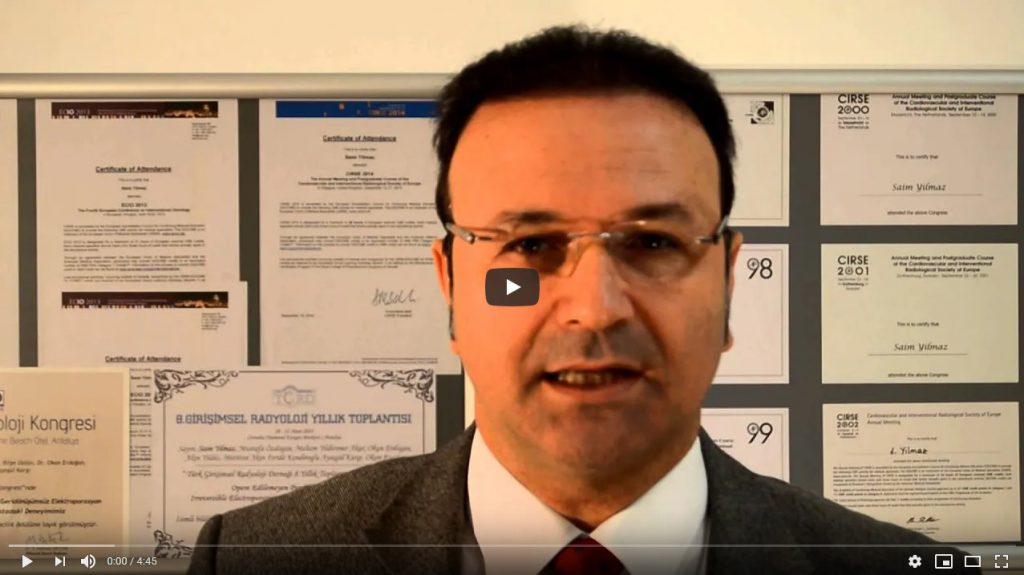Lung needle biopsy, unlike other needle biopsies, is a biopsy procedure that can be performed in a small number of centers and is usually withdrawn. The reason for this is the complications such as pneumothorax (air leakage between the lung membranes) and bleeding. For this reason, lung biopsy is still not performed in many centers today, or it is applied as fine needle biopsy with low diagnostic value, or biopsy is taken by surgical operation.
However, surgical biopsy is actually a lung surgery and is an operation performed under general anesthesia through a large incision. After surgical biopsy, patients develop significant pain, return to normal life is long, and in many patients, the initiation of basic treatments such as chemotherapy and radiotherapy is delayed due to operation-related complications. Therefore, surgery for lung biopsy should be performed as a last resort.

In some centers where lung biopsy is performed, fine needle aspiration biopsy (FNAB) is performed instead of cutting needle (trucate, core biopsy) to reduce the risk of pneumothorax. However, since cell clusters are taken instead of tissue pieces in FNAB, the diagnostic value decreases, and histochemical, genetic and receptor analyzes that guide cancer treatment cannot be performed. Therefore, FNAB method should not be used in lung biopsy unless necessary.
The ideal biopsy method in the lung is cutting needle biopsy (trucate or core biopsy). In this method, first the mass in the lung is reached with a guide needle under local anesthesia and under the guidance of tomography, and then many pieces are taken from the mass with a thinner cutting needle sent through this needle. After a sufficient amount of sample is taken, both needles are removed and the procedure is terminated. In experienced hands, the diagnostic value of lung biopsy performed in this way is over 95%.

The most common complications in lung biopsy are bleeding and pneumothorax. A small amount of blood coming out of the mouth during the procedure is common and goes away on its own. Pneumothorax is especially common in patients with emphysema and may cause severe respiratory distress. The risk of pneumothorax may increase with the number of passes through the pleura and the thickness of the needle. The experience of the practicing physician is one of the most important factors reducing the risk of pneumothorax. If the pneumothorax is mild, does not increase, and the patient does not have respiratory distress, only follow-up is sufficient, otherwise treatment is required. In the treatment, suction of the air with the needle is tried first, if it is not sufficient, a thin catheter is placed and the air is sucked intermittently. In stubborn cases, surgical tube insertion may be required.
Although lung biopsy is usually performed under the guidance of classical tomography, cone beam CT devices, which have become widespread in recent years, are more suitable for lung biopsy. While classical tomography gives only 2D images, in these devices, the needle, lung and target mass are displayed simultaneously in three perpendicular planes. It has been shown in some studies in the literature that lung biopsies can be performed more easily and safely with cone beam CT. Almost all of the approximately 1200 lung biopsies performed in our center in the last 4 years were performed with cone beam CT. Pneumothorax developed in only 10% of these biopsies, most of them did not require treatment, and in most of those that required treatment, the pneumothorax was resolved with a needle or a small catheter. Surgical insertion of a chest tube was required in only 1% of the 1200 patients who underwent biopsy.
In conclusion, lung biopsy is a needle biopsy method with a low complication rate and an extremely high diagnostic value when applied in high-volume and experienced centers. Lung biopsy must be performed with a cutting needle, FNAB should be avoided, and surgical biopsy should be considered as a last resort in cases where needle biopsy cannot be performed in any way.


